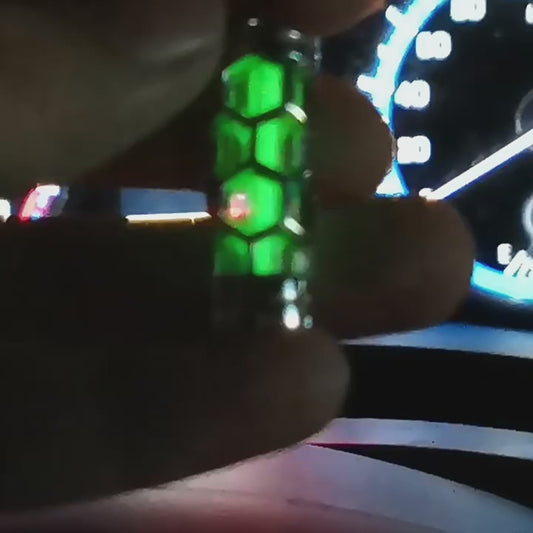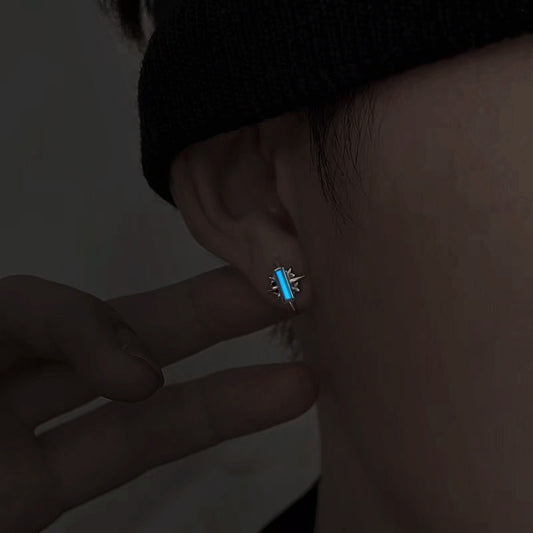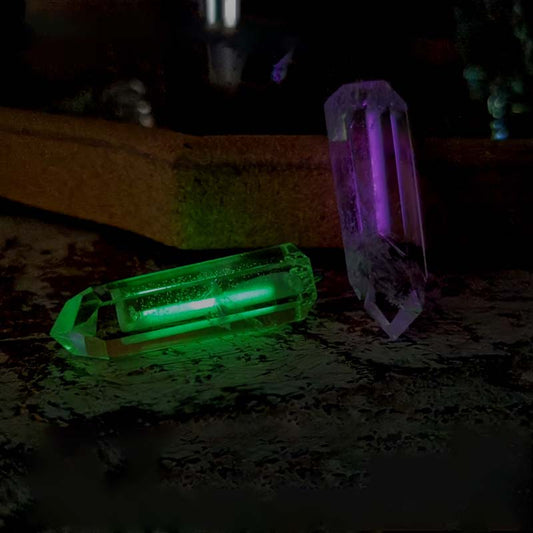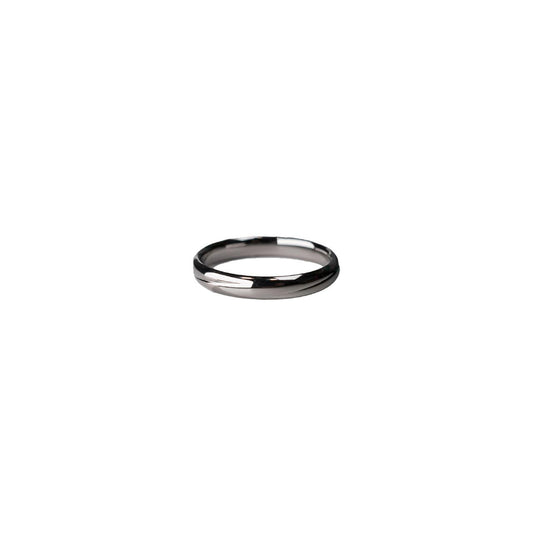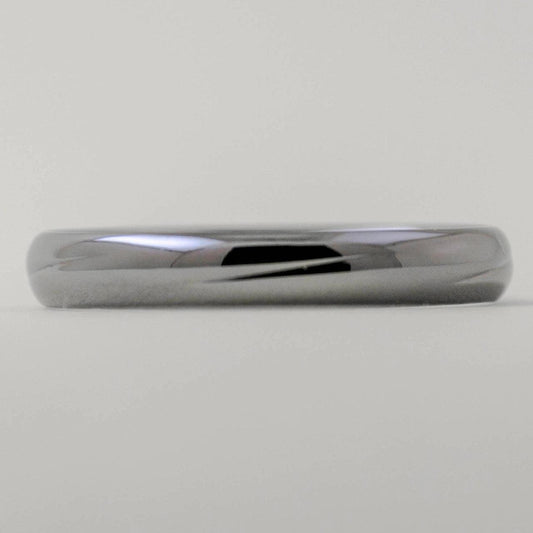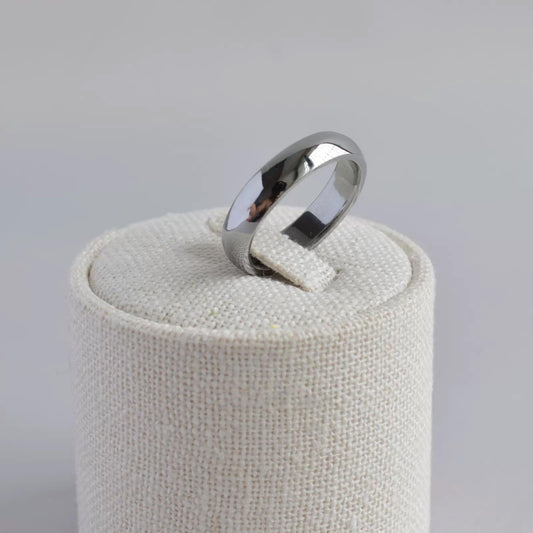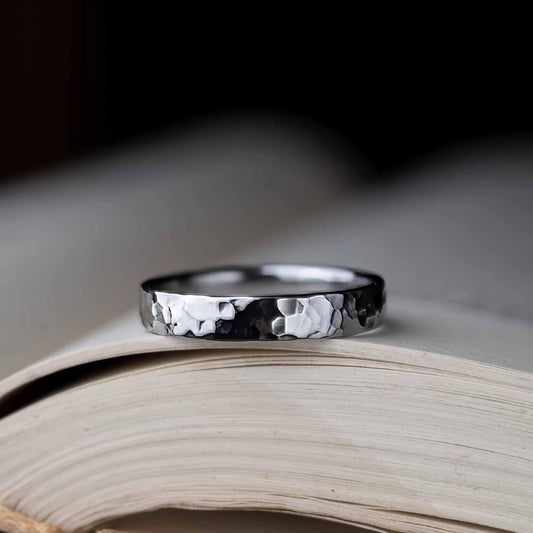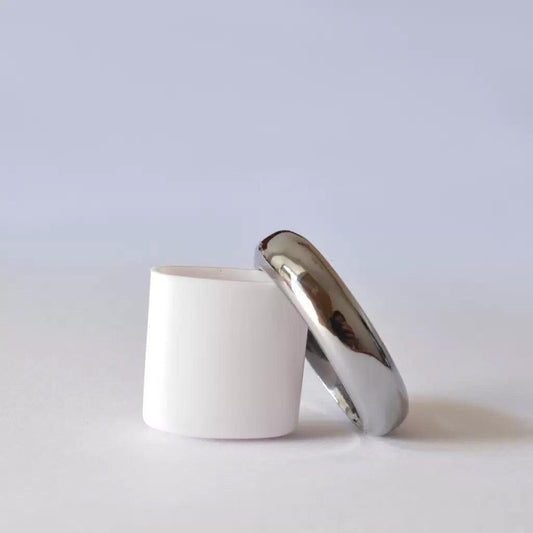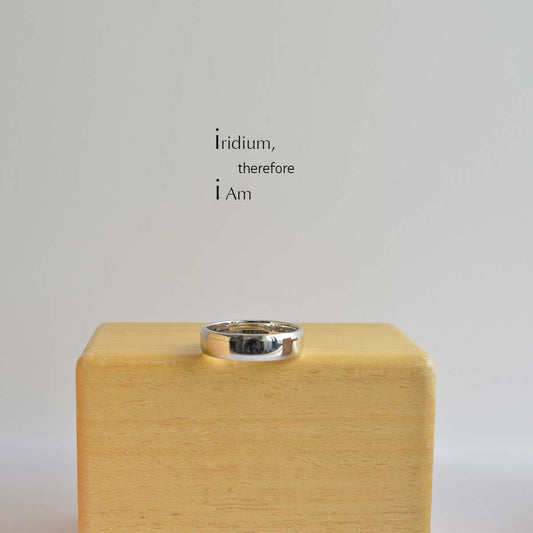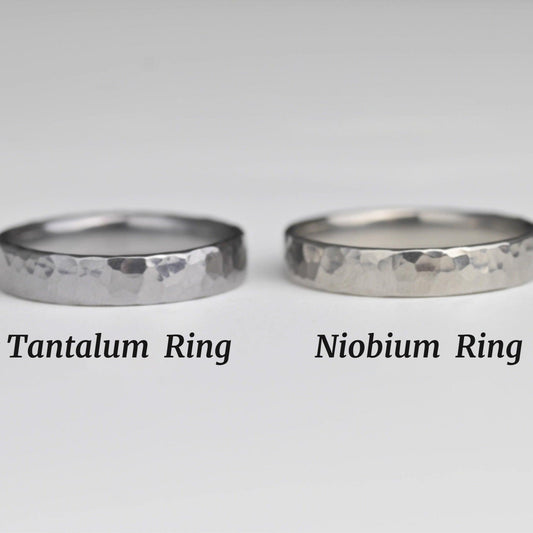Discovering the Charm of D-Shaped Wedding Bands
Discovering the Charm of D-Shaped Wedding Bands
As my sister prepared for her wedding last spring, I found myself engrossed in a surprising detail of the nuptial preparations—the choice of wedding bands. Among the myriad of styles, one that struck a personal chord was the D-shaped wedding band. I'd never paid much attention to rings before but holding that slender band in my hand, I began to see its quiet elegance.
The D-shaped wedding band, for the uninitiated, is a classic silhouette recognized by its distinctive profile. When worn, the ring appears rounded on the outside, creating a soft and elegant dome, while the inside is flat against the finger. This design, reminiscent of the letter 'D' when viewed in cross-section, offers a delightful blend of comfort and sophistication. It’s no surprise these bands have been a staple since the Victorian era, providing a timelessness that appeals to traditionalists and modernists alike.
During our shopping adventure, a jeweler casually mentioned the historical significance attached to such bands, sparking our curiosity. In the 19th century, simplicity symbolized deeper emotional bonds, and the moderately curved surface of the D-shaped band elegantly captured this sentiment. For couples looking to embrace a bit of heritage while keeping it stylish, these rings present a perfect match. They offer a whisper of history without compromising on contemporary flair.
What’s captivating about D-shaped bands is their versatility, especially in terms of materials. Gold remains a popular choice, whether yellow, white, or rose, each providing a distinct aesthetic. However, for those seeking something a bit different, platinum and palladium versions provide a modern twist, marrying durability with the band’s classic profile. My sister opted for a rose gold band, which gleamed softly as sunlight filtered through the shop window. It was then I realized that the allure of these rings lies not just in their design but also in their ability to reflect personal stories and preferences.
Another curious aspect of my encounter with D-shaped bands was learning about the subtle psychological comfort they provide. The flat inner edge offers maximum contact and stability, reducing those pesky spins that make rings feel awkward. This comfort seemed particularly important for my brother-in-law, who initially dreaded wearing a ring. But once he slipped it on, he gave an approving nod, realizing it wasn’t going to disrupt his day-to-day tasks. The idea that something could be both significant and seamlessly integrated into daily life was a revelation.
It's fascinating how such a small piece of jewelry can encapsulate so much meaning and tradition, and yet be relevant in our fast-paced, ever-evolving world. Like many great things, the beauty of D-shaped wedding bands is in their simplicity and understated charm. As I watched my sister exchange rings at the ceremony, the band on her finger seemed to capture the essence of their commitment—strong, enduring, and effortlessly harmonious.
Sometimes, it’s the understated details that make the biggest impact, and for my sister, choosing a D-shaped wedding band wasn’t just about style—it was about connecting with a piece of history, while crafting her own. In the end, maybe that's what makes these bands so special; they’re a perfect circle linking past, present, and future in one graceful design.


